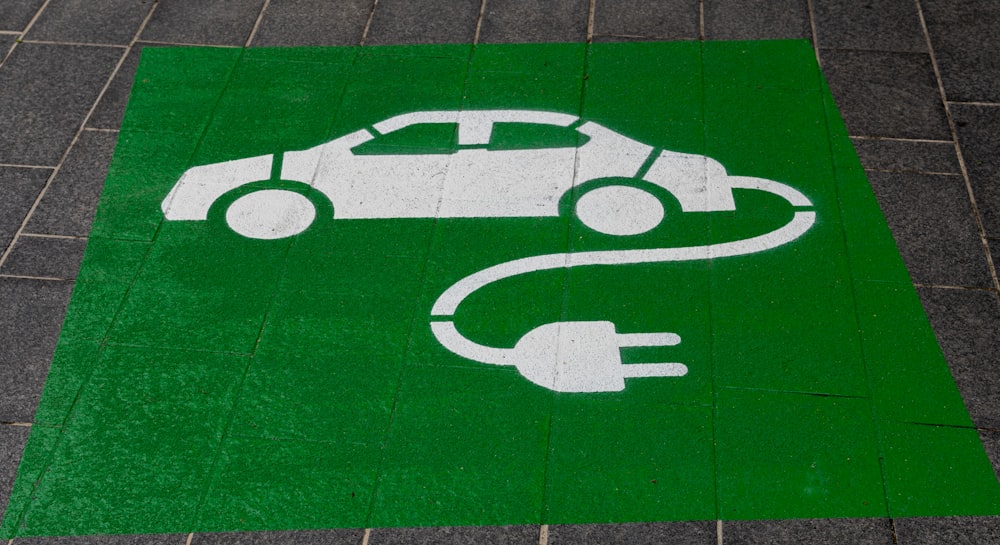
Introduction: The Importance of Clean Refrigerator Coils
Your refrigerator plays a crucial role in keeping your food fresh, and one often overlooked maintenance task is cleaning the coils. Dirty coils can lead to inefficiency and increased energy consumption. In this guide, we’ll walk you through the process of cleaning refrigerator coils on your own, ensuring optimal performance and energy savings.
Understanding Refrigerator Coils: A Vital Component
Refrigerator coils, whether located at the back or underneath the appliance, are essential for heat exchange. They release heat from the refrigerator, allowing it to maintain a cool interior. Over time, these coils can accumulate dust, dirt, and pet hair, hindering their ability to dissipate heat efficiently.
The Signs of Dirty Coils: Recognizing the Problem
Before diving into the cleaning process, it’s essential to identify whether your refrigerator coils need attention. Signs of dirty coils include increased energy bills, excessive heat around the appliance, and the refrigerator running more frequently. Regularly checking for these indicators helps you address the issue before it affects your refrigerator’s performance.
Safety First: Preparing for Cleaning
Cleaning refrigerator coils is a relatively simple task, but safety precautions are crucial. Start by unplugging the refrigerator or turning off the power. This ensures your safety during the cleaning process. If the coils are located at the back, carefully pull the refrigerator away from the wall, allowing easy access.
Cleaning Tools and Materials: Gather Your Supplies
To clean refrigerator coils effectively, gather the necessary tools and materials. You’ll need a vacuum cleaner with a narrow nozzle attachment, a coil brush or a soft-bristle brush, and a damp cloth. These items help you remove dust and debris without damaging the coils or other components.
Vacuuming the Coils: Removing Loose Debris
Begin the cleaning process by using a vacuum cleaner with a narrow nozzle to remove loose debris from the coils. Gently run the nozzle along the coils, ensuring you reach between the fins. Take your time to thoroughly vacuum the entire surface, eliminating dust and dirt that may have accumulated over time.
Brushing Away Stubborn Debris: A Detailed Approach
For more stubborn debris or dirt lodged between the coils, use a coil brush or a soft-bristle brush. Carefully brush along the coils, applying gentle pressure to dislodge any trapped particles. This detailed approach helps ensure that the coils are thoroughly cleaned, promoting optimal heat exchange.
Wiping Down the Coils: Finishing Touches
Once you’ve vacuumed and brushed the coils, use a damp cloth to wipe down the surface. This step removes any remaining dust or residue, leaving the coils clean and ready for efficient heat dissipation. Be gentle during this process to avoid bending or damaging the delicate fins of the coils.
Reconnecting and Testing: Restoring Power
After cleaning the refrigerator coils, reconnect the power by plugging the appliance back in or turning the power back on. If you moved the refrigerator, ensure it is placed back in its original position. Allow the refrigerator to cool for a few hours before returning perishable items.
Regular Maintenance: Ensuring Efficiency
Cleaning refrigerator coils should be part of your regular maintenance routine. Aim to clean the coils at least twice a year or more frequently if you have pets that shed. This proactive approach helps maintain your refrigerator’s efficiency, prolonging its lifespan and reducing energy consumption.
Learn More: Clean Refrigerator Coils on Your Own
For additional insights into DIY refrigerator maintenance and energy-efficient practices, visit Clean Refrigerator Coils on Your Own. This resource offers comprehensive tips on sustainable living and empowers you to take control of your appliance maintenance. Explore the link for a detailed guide.
Conclusion
In conclusion, cleaning refrigerator coils on your own is a simple yet impactful task that contributes to the efficiency and longevity of your appliance. By incorporating this maintenance step into your routine, you not only save on energy costs but also reduce the environmental impact of your household. Take the time to clean your refrigerator coils and enjoy the benefits of a well-maintained and energy-efficient appliance.









